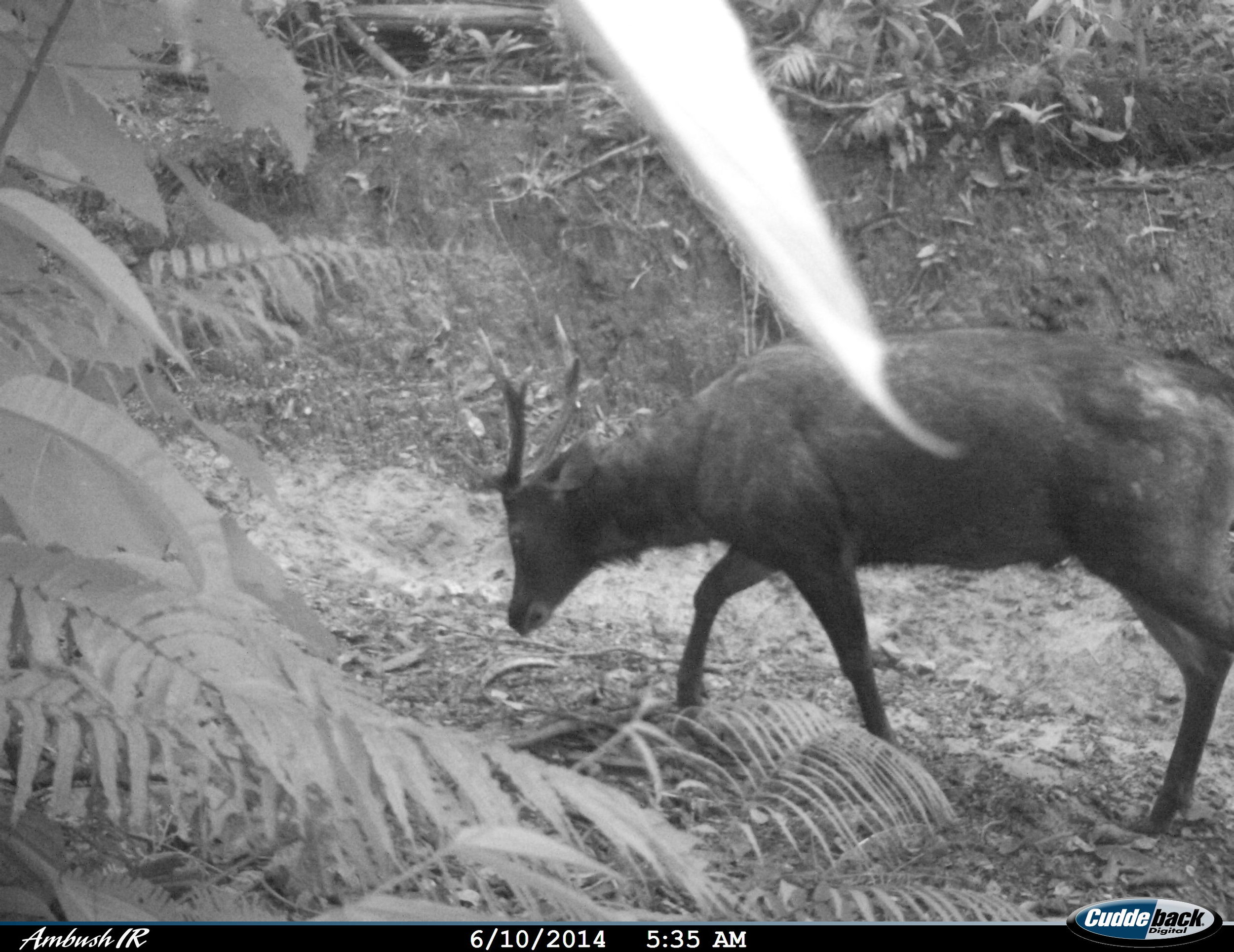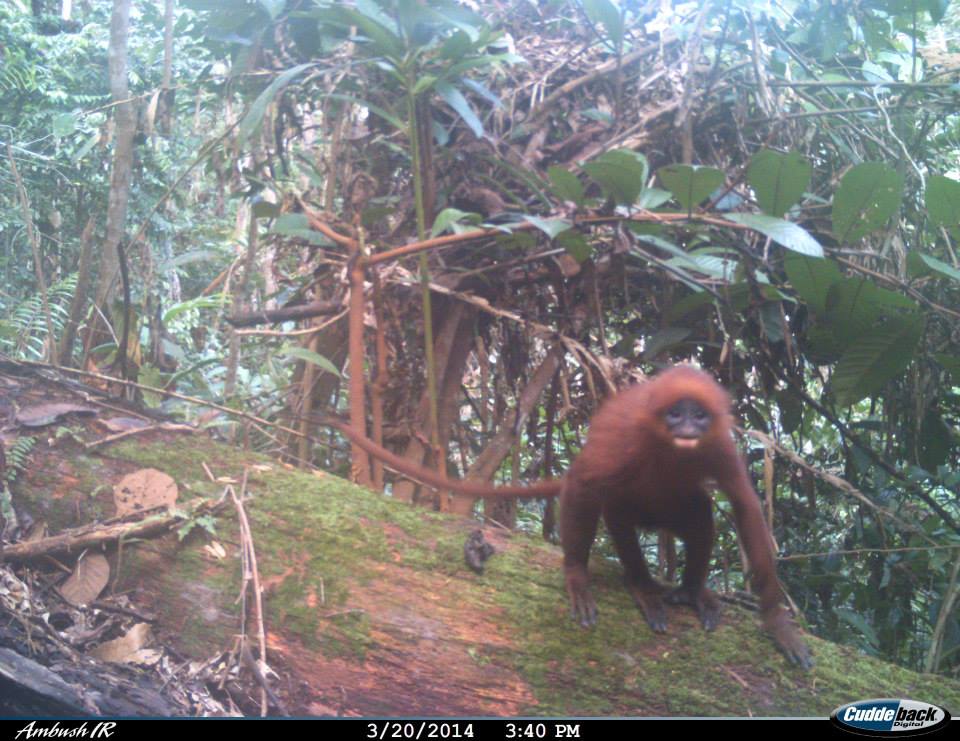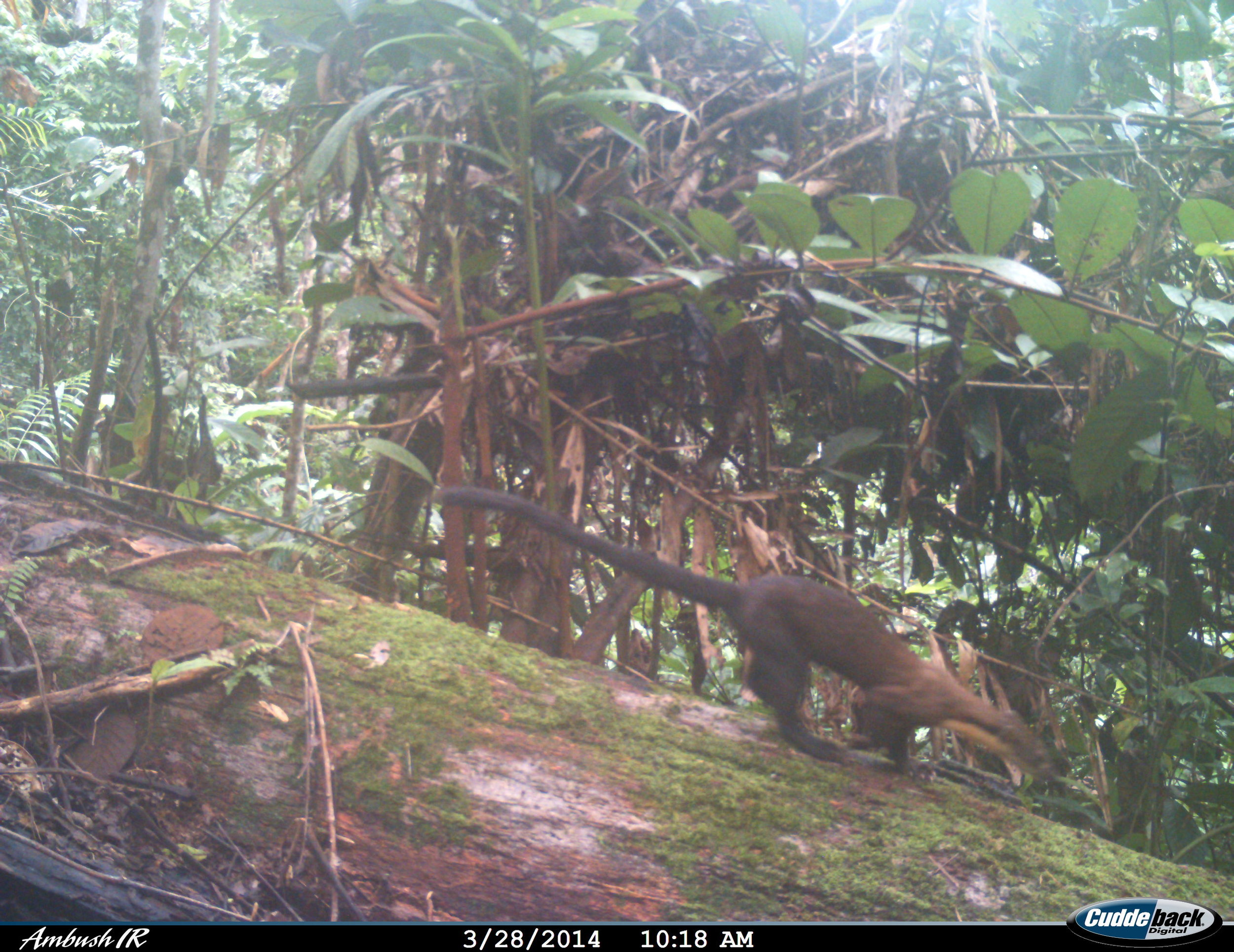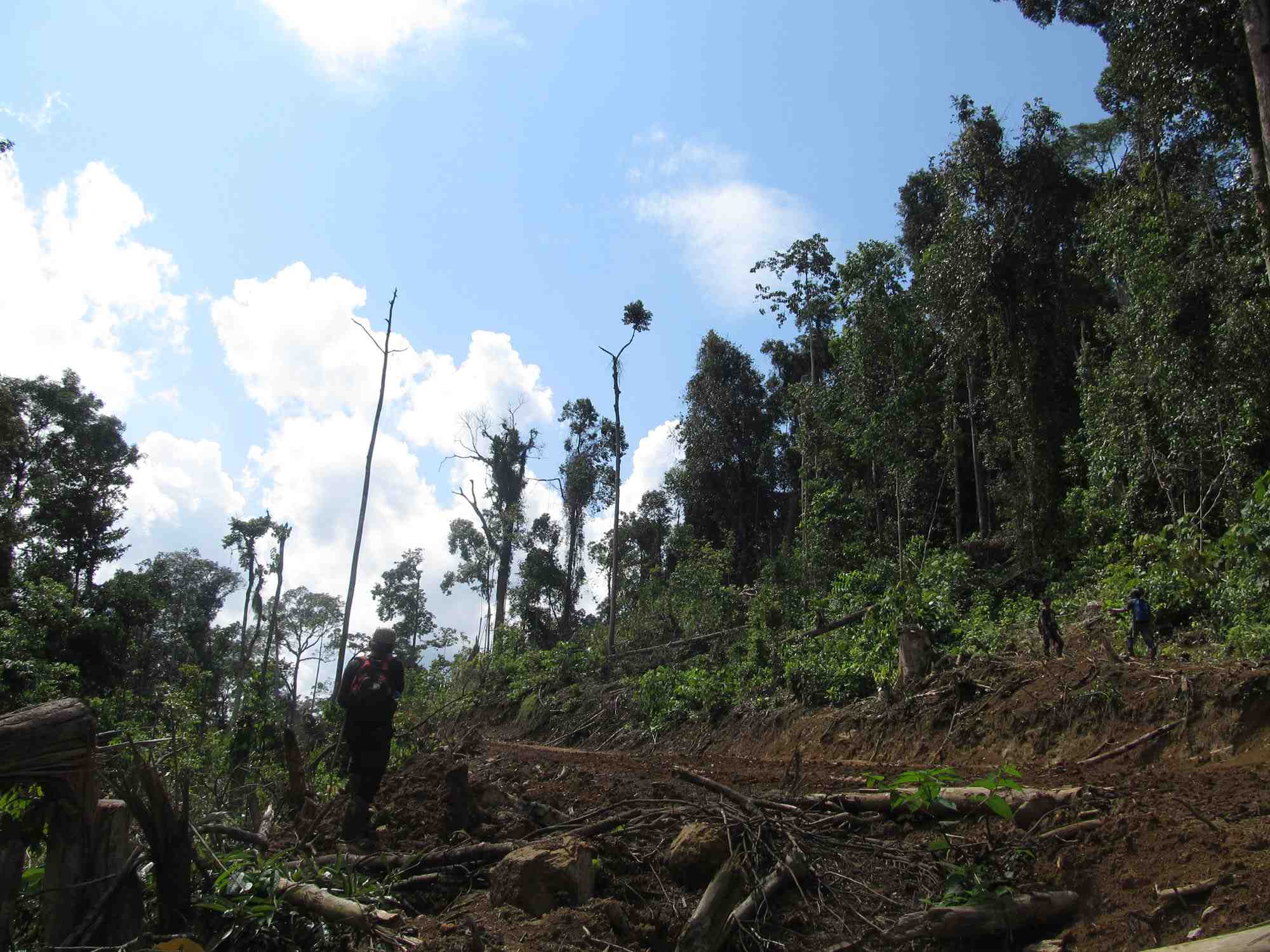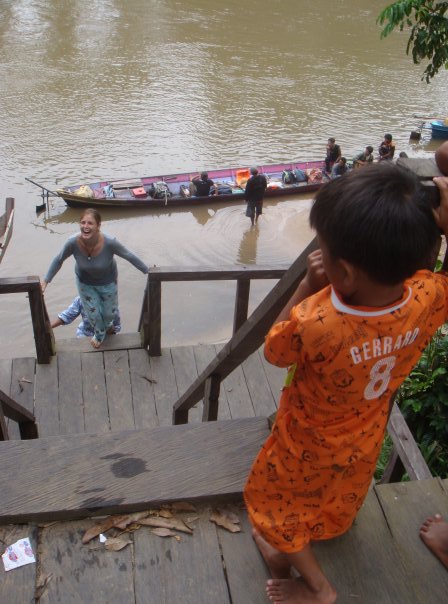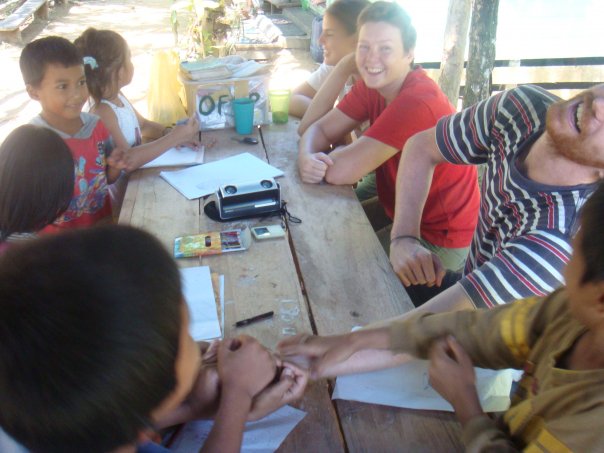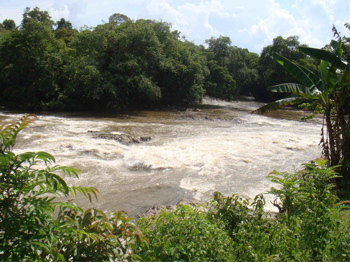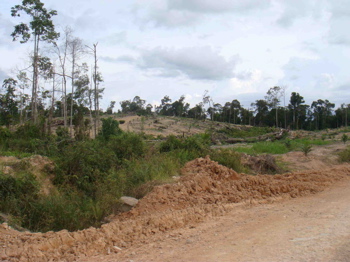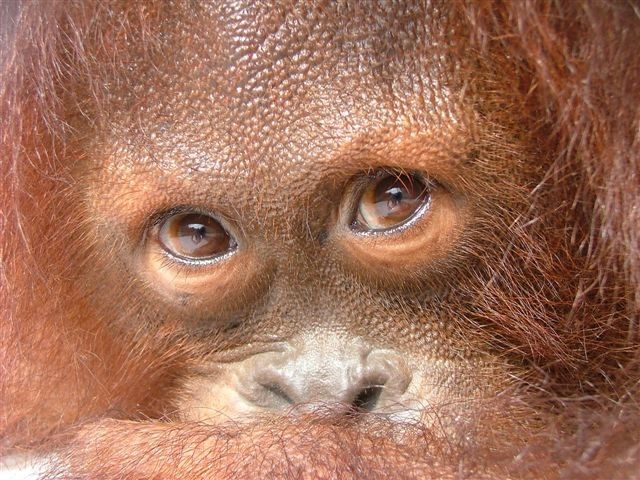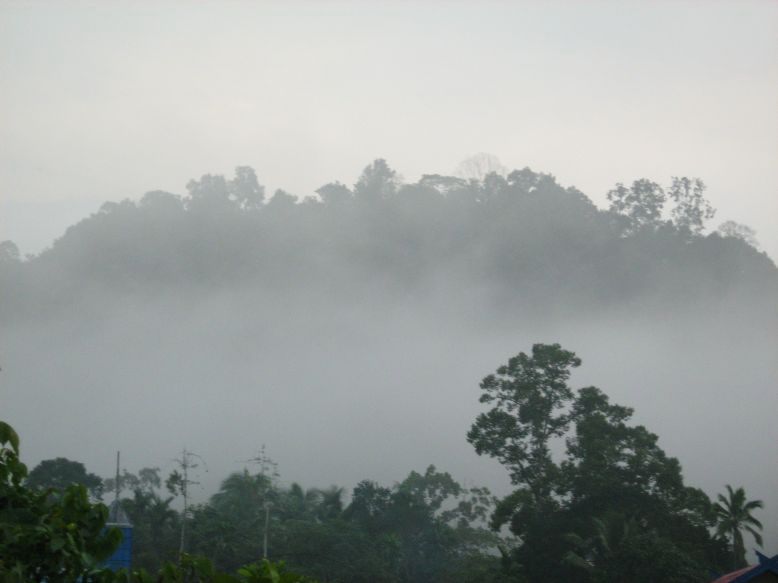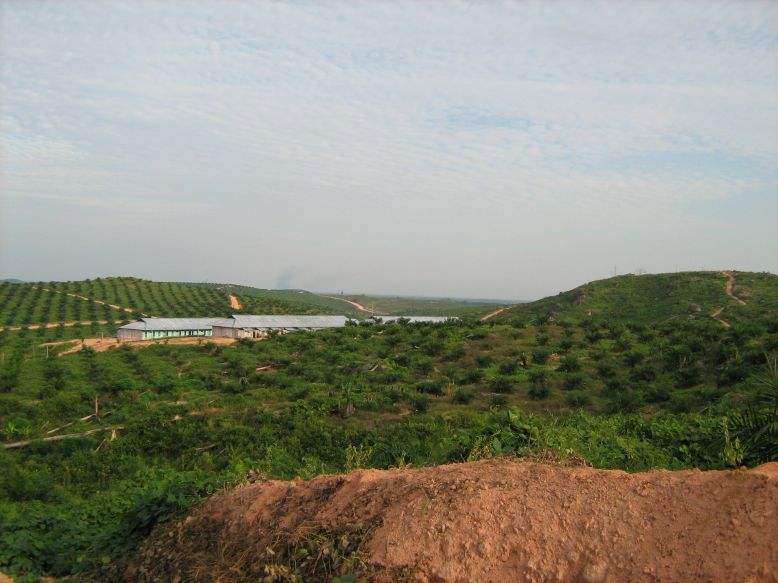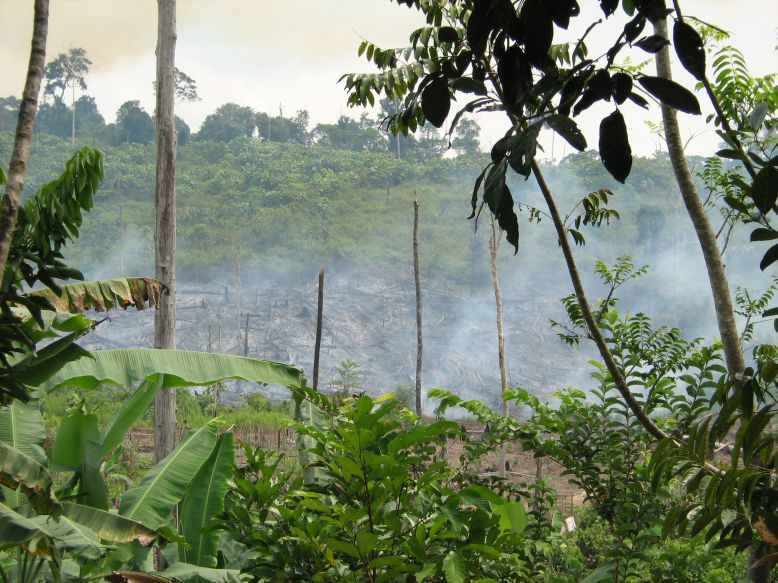The Foundation works in three areas of critical orangutan habitat. We extend the scope of our achievements by patrolling an area almost as large as the land area of Singapore. Our strategically located guard posts are therefore vital. We have been able to rescue more and more orangutans whose lives were in imminent danger. 75% of all orangutans live outside protected areas, so with our partners, we launched a campaign to collaborate with 18 oil palm companies for the protection of orangutans within the forests of their companies concessions and surrounding areas.
- In 2014, the Foundation translocated 17 orangutans into the Lamandau Wildlife Reserve.
- Torup and Kotim were rescued from community land and both are now in the ‘Soft Release’ programme, learning skills for an independent life in the wild.
- 2014 saw the birth of two infants, and two more orangutans are due to give birth in mid 2015.
- An exciting new initiative was the installation of camera traps in Pondok Ambung, Tanjung Puting National Park and Belantikan Arut. Without these camera traps, we would of never have had sightings of clouded leopards, one of the most elusive species of the tropical forest.

- The Volunteer Programme once again proved its worth, by renovating a Guard Post on a vulnerable river in the south of Tanjung Puting National Park.
- An important research project is the Population and distribution of the endangered banteng (wild ox), found in the Belantikan region. This is critical to the banteng’s future status.

- Thanks to the diligence of the Foundation staff, forest fires (an annual problem) were quickly identified and isolated, which prevented further areas of the forest from being burnt.
Thank you to all - your support really does make a difference and the orangutan foundation could not have achieved any the above without your help. A very happy New Year.





